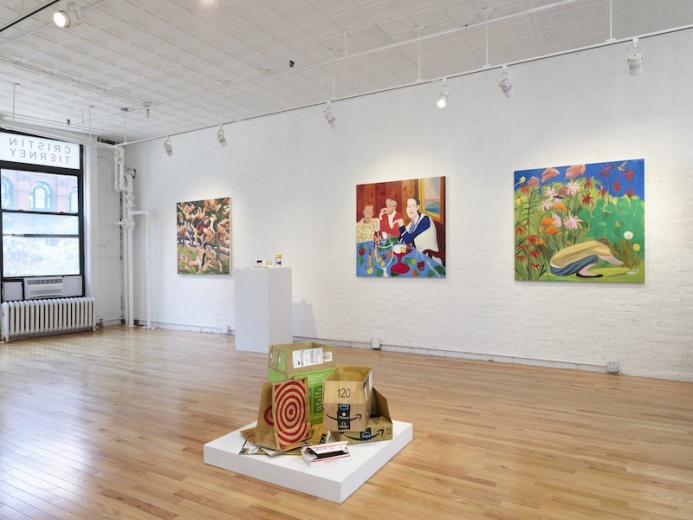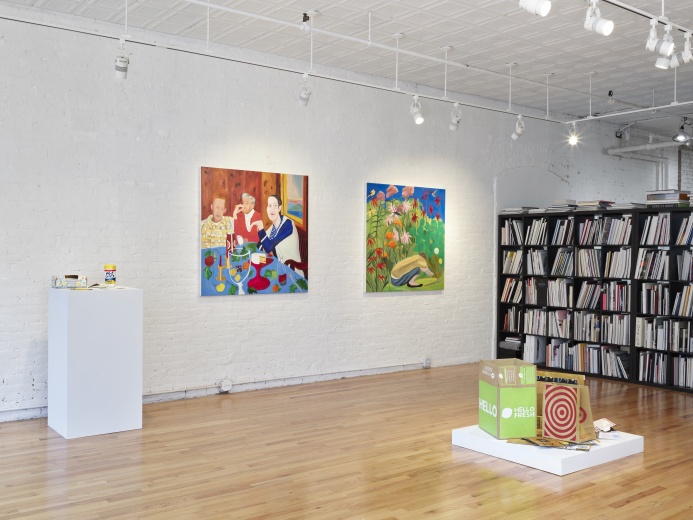Cristin Tierney Gallery
49 Walker Street
New York, NY 10013
212 594 0550
New York, NY 10013
212 594 0550
Founded in 2010, Cristin Tierney Gallery is a contemporary art gallery with a deep commitment to the presentation, development and support of a roster of both established and emerging artists. Its program emphasizes artists engaged with critical theory and art history, with an emphasis on conceptual, video, and performance art. Education and audience engagement is central to our mission.
Artists Represented:
Melanie Baker
Melanie Baker
Janet Biggs
Claudia Bitrán
François Bucher
Victor Burgin
peter campus
Joe Fig
Julian V.L. Gaines
MK Guth
Malia Jensen
Alois Kronschlaeger
Shaun Leonardo
Joan Linder
Jennifer Marman and Daniel Borins
T. Kelly Mason
Maureen O'Leary
Dread Scott
Mark Sengbusch
Jorge Tacla
Francisco Ugarte
John Wood and Paul Harrison
Tim Youd
Works Available By:
Melanie Baker
Melanie Baker
Janet Biggs
Claudia Bitrán
François Bucher
Victor Burgin
peter campus
Joe Fig
Julian V.L. Gaines
MK Guth
Malia Jensen
Alois Kronschlaeger
Shaun Leonardo
Joan Linder
Jennifer Marman and Daniel Borins
T. Kelly Mason
Maureen O'Leary
Dread Scott
Mark Sengbusch
Jorge Tacla
Francisco Ugarte
John Wood and Paul Harrison
Tim Youd





Installation view of Joan Linder and Maureen O'Leary: Slightly Surreal Suburbia. Photograph by Elisabeth Bernstein.
Installation view of Joan Linder and Maureen O'Leary: Slightly Surreal Suburbia. Photograph by Elisabeth Bernstein.
Installation view of Joan Linder and Maureen O'Leary: Slightly Surreal Suburbia. Photograph by Elisabeth Bernstein.
Installation view of Joan Linder and Maureen O'Leary: Slightly Surreal Suburbia. Photograph by Elisabeth Bernstein.
Installation view of Joan Linder and Maureen O'Leary: Slightly Surreal Suburbia. Photograph by Elisabeth Bernstein.
Judy Pfaff
Light Years
October 17, 2025 - December 20, 2025
Light Years is a solo exhibition of Judy Pfaff's new and recent works made with neon, resin, everyday objects, metal and more.

 Back to all Member Galleries
Back to all Member Galleries

